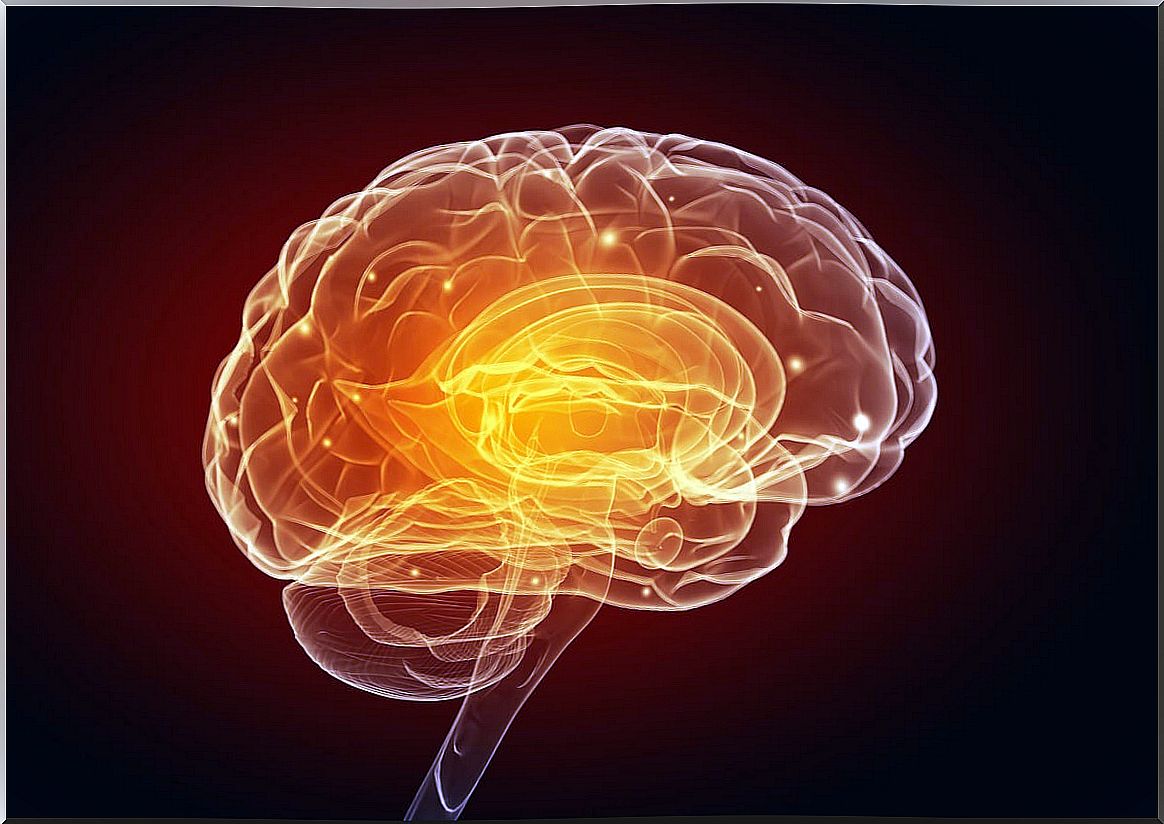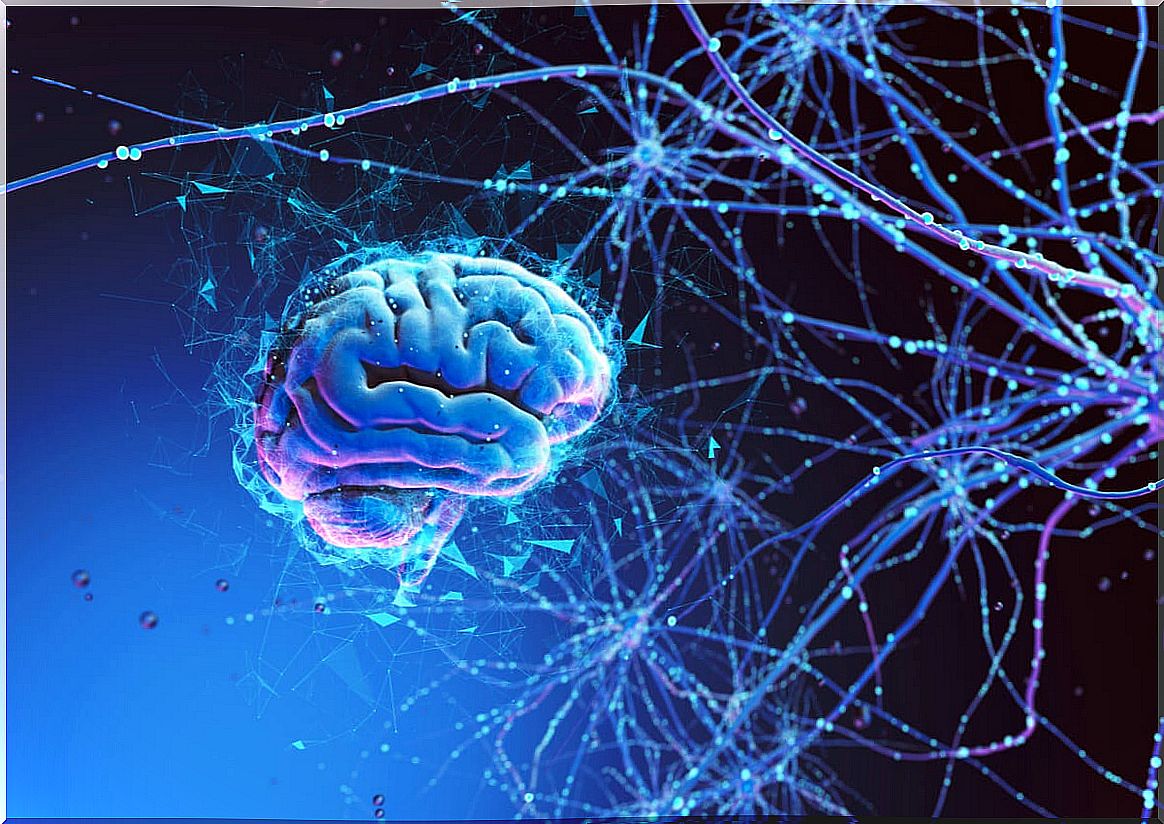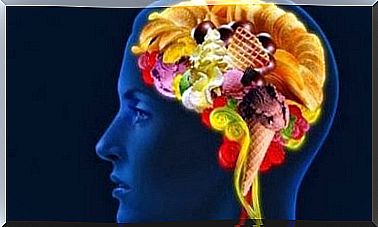This Is How The Brain Changes With Selfish Acts

One of the lines of research of neuroscientists has to do with changes in the brain as a function of behavior. A recent study in this regard indicates that there are modifications in brain functioning when an act of selfishness or an altruistic one is committed.
The research was led by Dr. Steve Chang, a researcher at Yale University, and published in the famous journal Nature Neuroscience. The research team was able to verify what changes the brain in terms of functioning, both when thinking only of oneself, and when it is shared with others.
The study, which is a pioneer on the subject, was not done with humans but with primates. It is a first phase of research that, anyway, yields interesting data about how the brain changes, depending on social behavior. Let’s see what this interesting research tells us.

How does the brain change with selfishness?
Dr. Chang’s research was able to corroborate, in the first instance, that the two brain areas involved in selfish or altruistic behavior are the amygdala and the prefrontal cortex. Both regions, among others, interact with each other, when it comes to social behaviors.
There is already evidence that these two brain areas have to do with social cognition. The researchers, in this case, looked for a way to see how they operated in specific cases that involved selfishness or generosity. Specifically, they wanted to observe how the brain changes when it makes prosocial or antisocial decisions.
In the long term, the objective of the research, which has not yet been concluded, has to do with understanding the mechanisms involved in problems such as autism, psychopathy, etc.
Primate research
To conduct the study, the researchers conducted several experiments with monkeys. They were induced to be in various situations where they had to choose between drinking a juice or throwing it away, drinking it alone or sharing it. As they performed these actions, their brain was monitored for possible changes.
In terms of behavior, the primates showed that they preferred to drink the juice without sharing it with others. However, when the alternative was to throw away the drink, almost everyone chose to share it with others. Meanwhile, neuroscientists were able to verify that there were modifications at the brain level, depending on each decision.
The researchers found that when there was selfish behavior, there was virtually no interaction between the amygdala and the prefrontal cortex. On the other hand, if the behavior was generous, or prosocial, a great synchrony was configured between these two areas of the brain. In the end, just by looking at the patterns of brain activity, the researchers already knew what behavior the monkey was adopting.
More complex behavior
The data from this new study confirm that the brain changes when selfish behaviors and generous behaviors are carried out. The nature of this modification also proves that altruism, solidarity, and cooperation are more complex and elaborate behaviors than selfish ones, as they involve more complex brain activity as well.
This, in turn, corroborates approaches that have also been made from psychology. The human being is born selfish and in the beginning this behavior has nothing to do with morality, but with the survival instinct. In other words, it is an instinctive pattern of behavior.
With education and intellectual and social development, a person can learn to be generous, cooperative and prosocial, if he evolves appropriately. Cooperating is a more complex behavior, because it involves the ability to see the consequences of actions in the long term. In this sense, solidarity better guarantees individual and species survival, if viewed in perspective.

A long-term investigation
Research on brain change caused by selfishness and altruism is just a first step in a more ambitious project. What is sought ahead is to investigate if there are people in whom the interaction between the amygdala and the prefrontal cortex is limited due to genetic or other reasons.
Before getting there, what follows in Dr. Chang’s research is to find out if it is possible to manipulate the monkeys’ decisions, promoting synchrony between the two brain regions, artificially. Eventually, these findings will be transferred to the human level and could constitute an important advance in treating autism and some psychopathies.









